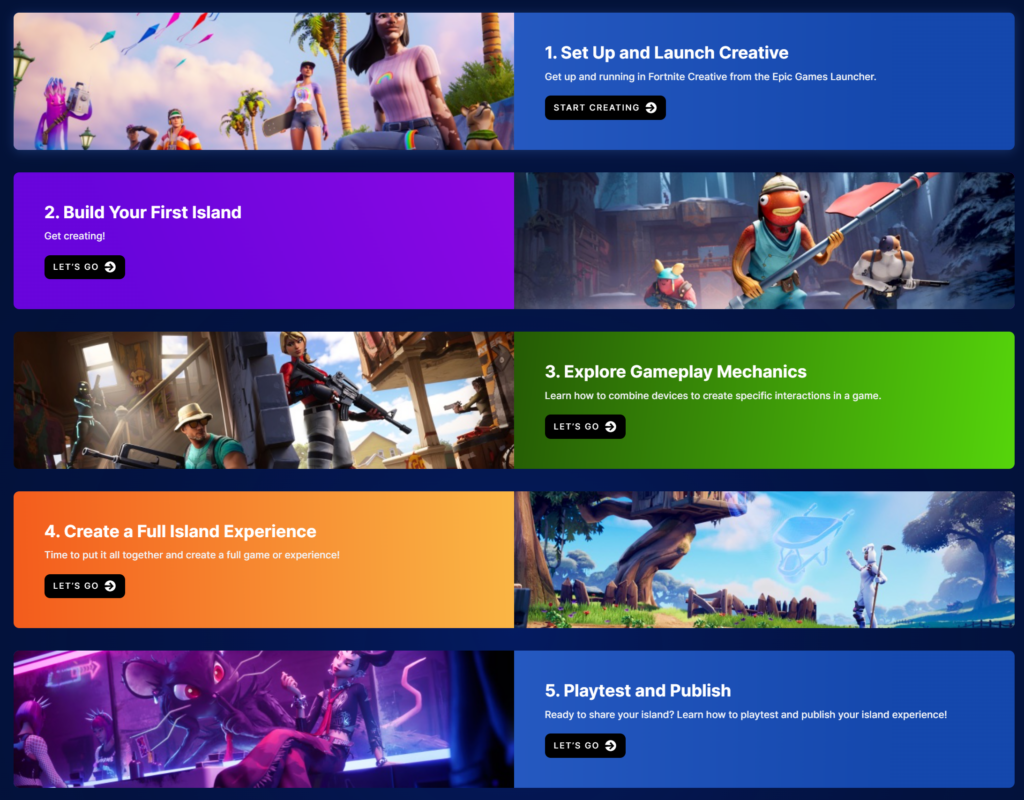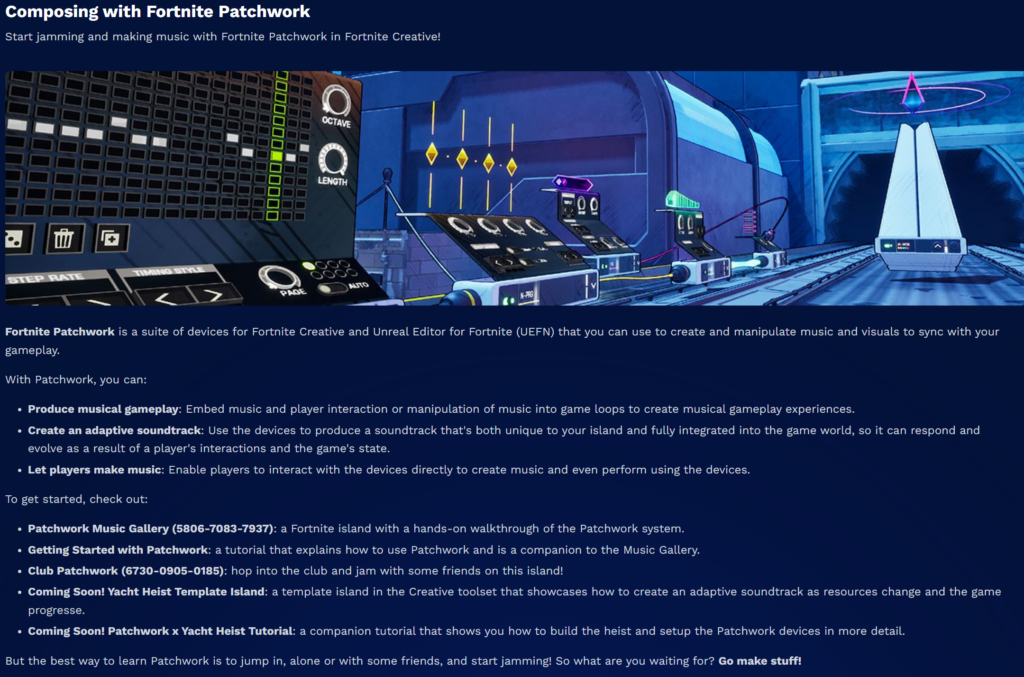Hello and welcome to week 4 blog of IGT-Lab!
Hardware Update
Upon further exploration and experimentation, we decided to not pursue 80/20, and instead purchase truss systems. We reckoned that the time that will take to design, simulate, then to have custom parts milled, packaged and shipped should better be used for building, designing and iterating our experience.
We created a quick 3D mock-up of the system and purchased the appropriate parts.



The black platform represents the 4 x 8 platform we have on which we’ll install 4 seats. The smaller black boxes on the I-beams sticking out of the 4 pillars represent the 32″ monitors we currently have in storage at the ETC. We plan to mount them on to the I-beams, which are mounted on to the pillars via hinges, allowing them to swing out, like a car door would.
For permanent installation, we will be purchasing large, commercial-grade displays that would make the space more immersive.
The truss systems also have an advantage in terms of strength and modularity, which gives us greater freedom in mounting various hardware such as projectors, speakers, and cameras.
The ETA for all the parts is sometime in week 6.
We’ve also set up Isotope with a Unity-based HMI touch interface fully functional on all four touch screens!


Design update:
We had a client meeting on Wednesday, where we were able to share our direction (Epic Games x Virtual Concert).

We received a lot of great feedback on the other options we had listed 2 weeks prior (Álvaro was especially keen on the BBC idea), but overall we had a constructive conversation around pushing the experience further.
There was a consensus around interactivity as a primary issue. A lot of the ideas that we had presented initially did not provide the passengers with an active role. While the content was interesting, there was no interactivity between the vehicle, the content, and the passengers. We were encouraged to go beyond just sitting back and receiving content, but adding interactions that would make the vehicle more responsive to the passengers.
Our virtual concert idea began to touch on these points, using gesture recognition and passengers’ arm movement to change the lighting in the concert stage, and we hope to push on these further.
The other idea that was floated around was the immersive nature of not just on the inside of the vehicle, but also the outside. When we look at The Sphere in Las Vegas, most people experience it by walking or flying past it. The exterior of The Sphere engages with its environment in an interesting way, just as it does for the guests inside.

What if we could do something similar with our vehicles?

We know that vehicles, such as the BMW i Vision Dee, have the ability to color shift and display digital content on the windows.
This could bring about a new perspective on vehicle-environment relationship, possibly creating a different and hopefully, a more desirable environment these vehicles drive in.
Another point of interest was Fortnite, and its Creative Toolkit that allows users to create and design a custom scene and game using Fortnite assets. Fortnite patchwork allows creatives to create musical gameplay, which may present a more efficient way for us to iterate our ‘virtual concert’ experience.


During a meeting with one of our faculty members, a concern was brought up, that people don’t often utilize a lot of the social aspects in games or experiences. While it is “nice-to-say” that our experience has a strong social element that connects passengers across vehicles, it may not be as intriguing or engaging for the actual users.
Another concern was raised regarding our initial idea was about driving and finding local ‘hot-spots’; if you’re constantly on the move, you wouldn’t be able to enjoy a show longer than the length of the ride. This was closely related to the social issue that was raised as well.
At the same time, if we were to remove the fixed, live ‘concert zone’s and instead make it ‘on-demand’, a more familiar method of consuming content, we could potentially address both issues. By focusing on a private, on-demand experience, passengers could tune in anytime they wanted for any duration they wanted, for any trip they were on.
If we wanted to retain the social aspect, an idea that was suggested was using ‘ghosts’, which represents a real person in the past by recording their movement/behavior inside the game. This could introduce elements of social connection, without having the pressure of making engaging interactions between two live users.
Looking Ahead:
With the truss systems expected to arrive on Week 6, the team decided to plan for a playable demo that could be loaded on to the screens for our very first playtest. In order to achieve that, we have the following plan for Week 5:
- Research existing virtual/live concert stages, and create a sketch + 3D mockup of the virtual concert scene to be loaded in our experience.
- Research and determine if the Fortnite Creative tool can be useful in creating above-mentioned virtual concert scenes and integrating interactivities.
- Create user-journey maps for: a road trip involving an on-demand immersive virtual concert experience, and a commute where the passengers drive into a virtual concert zone (our initial idea).
- Design and list specific passenger interactions with storyboards for each.
Thank you for reading!
